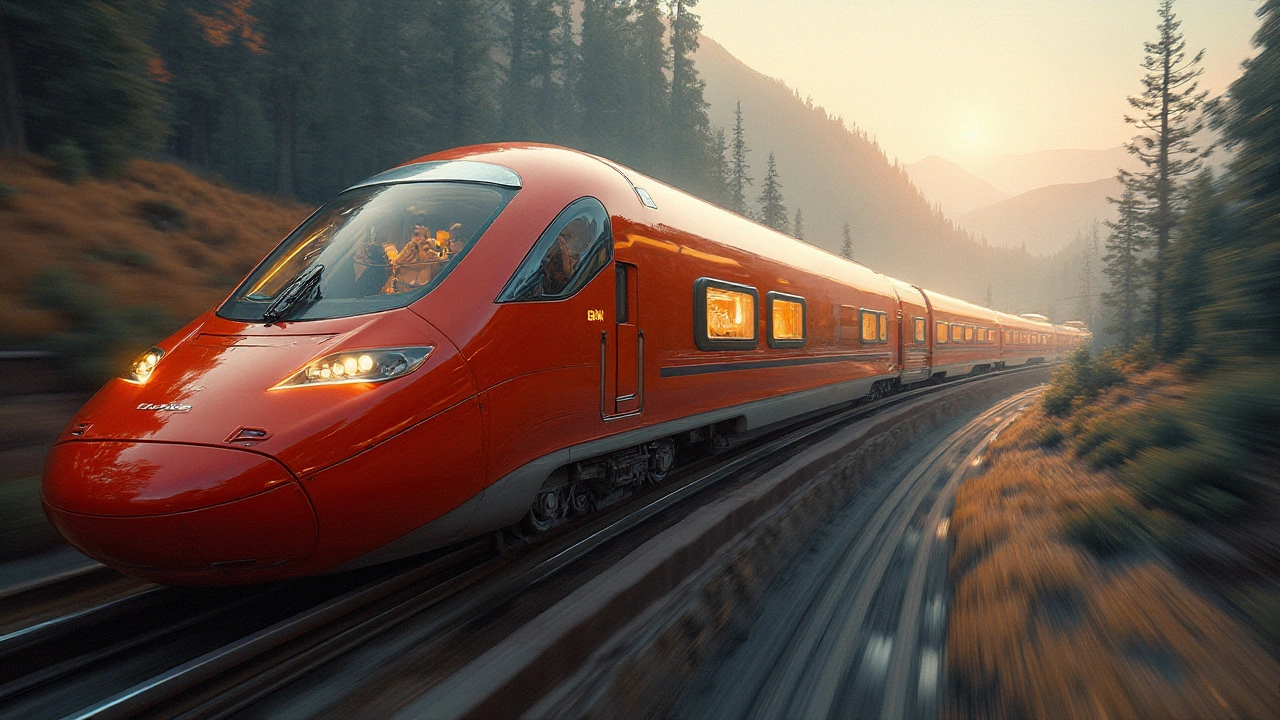SEARCH
Bullet Train Travel in India: What You Need to Know
Ever wondered how fast you could zip between two Indian cities without the hassle of road traffic? The answer is the upcoming bullet train network. With projects like Mumbai‑Ahmedabad and Delhi‑Varanasi under construction, high‑speed rail is set to change the way we move around the subcontinent.
Before you start day‑dreaming about a 2‑hour ride from Mumbai to Ahmedabad, let’s break down the basics: routes, ticket costs, booking steps, and a few insider tricks to keep your journey smooth.
Key Bullet Train Routes and Timeline
The flagship line, Mumbai‑Ahmedabad, is the first to get a green light. Once completed, it will cover 508 km at speeds up to 320 km/h, shaving travel time from 7 hours by road to under 2 hours. The second major corridor, Delhi‑Varanasi, aims to link the capital with the spiritual heart of India in a similar timeframe.
Both projects are slated to finish by 2028, with trial runs expected a year earlier. Keep an eye on the official Indian Railways portal for exact launch dates – they’ll update as construction hits milestones.
How Much Does a Ticket Cost?
Pricing is still being fine‑tuned, but early estimates suggest a one‑way ticket on the Mumbai‑Ahmedabad line will range between ₹1,800 and ₹3,200, depending on class. That’s comparable to a short domestic flight, yet you avoid airport queues and the extra luggage fees.
If you’re traveling in a group, look for family or group discounts that will be announced closer to launch. Fares are likely to be dynamic, so booking early could lock in lower rates.
For a quick cost comparison, check out our guide on How Much Should a 3‑Day Trip Cost in 2025? It breaks down daily travel expenses, including rail tickets, so you can see where bullet train savings fit into your budget.
Now, let’s get practical. Here’s how to buy a ticket and what to pack.
Booking Your Seat and Travel Hacks
When the ticketing portal goes live, you’ll be able to reserve seats just like you do for regular trains, but with a few differences. First, seats are assigned by class – Economy, Business, and Premium. Economy offers basic comforts, Business adds more legroom and power outlets, while Premium gives you lounge access at stations.
Use a credit or debit card that supports 3‑D Secure for a seamless transaction. If you have an Indian Railways loyalty card, link it to your profile for extra points.
Pro tip: book at least a month in advance for the best price and seat choice. The bullet train will attract business travelers and tourists alike, so last‑minute seats may sell out fast.
Regarding luggage, each passenger gets a 20 kg checked bag and a small cabin bag. Pack light, label your bags, and consider a lock – stations have secure lockers if you need to store something temporarily.Another tip from our World’s Most Expensive Train Rides article: arrive at the station 30 minutes before departure. Bullet train stations will have dedicated check‑in counters, similar to airports, making the process quick.
Finally, think about connections. Most major stations will link to local metros, bus services, and ride‑share zones. Grab a prepaid metro card if you’re heading straight into the city after you step off the train.
Overall, the bullet train promises a faster, cleaner, and more comfortable way to travel long distances in India. Keep an eye on launch updates, plan your budget with our cost guides, and book early to enjoy the ride without stress.

Journey of Speed: New York to California via Bullet Train
Exploring the potential of a high-speed bullet train journey between New York and California unveils a world where travel is both rapid and luxurious. The dream of zipping across the United States in hours rather than days could revolutionize transportation and redefine leisure travel, offering breathtaking landscapes and personalized comfort. Understanding the intricacies of such a journey, from technical aspects to travel conditions, can inspire the next generation of travel enthusiasts.
Continue reading